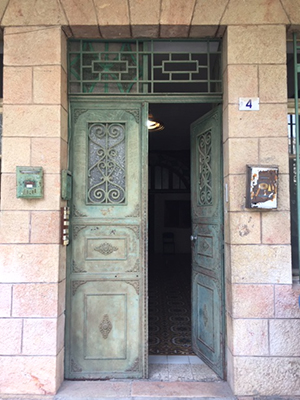Submitted by ARASAllison on
 Need for a New Paradigm: Analysis as Performance Art
Need for a New Paradigm: Analysis as Performance Art
Most discussions of the analytic process focus on a number of key topics: the importance of the therapeutic relationship; making the unconscious, conscious, especially through dreams; the transference-countertransference matrix; the process of individuation and other theoretical formulations basic to analysis. While I believe understanding the therapeutic process is important, so, too, I believe, is the effect of the concrete therapeutic space, the office in which healing takes place (Abramovitch 1997, 2002, 2015, 2020a). I believe a paradigm shift is needed to conceptualize analysis as a special form of dramatic performance art, in which the focus is more on what we actually do and less on how we understand it. Looking at psychotherapy as a performance art allows one to focus on often neglected aspects of the therapeutic situation. Instead of moving from theory to clinical example, the emphasis would be on the dramatic aspects: entrances and exits, when to speak and when to stay silent, giving the same interpretation in ten different ways, being simultaneously the actor and the audience, but above all, being masters at improvisation. Thinking of analysis as a kind of performance art places a spotlight on the therapeutic space as a stage setting. We know the power of healing places from pilgrimages, dream incubation rituals, voyages into nature and other numinous sites (Abramovitch 2021). Likewise, I argue that how an analyst’s office is decorated is inherently part of the healing process; a badly arranged space can undermine it. Greater attention is needed by our healing spaces.
In this article, I want to examine my own therapeutic space, against the background of the offices of Freud and Jung and the work of Mark Gerald (2019), a psychoanalyst-photographer who photographed hundreds of the offices of psychoanalysts. I will describe not only the interior room where the actual healing dialogue occurs, but also the “approaches”, the transitional spaces that patients walk through en route to the office.
Temenos Lost
I first became aware of the importance of my office space as an integral part of a healing process when I first moved there. I went from a small cozy room in my apartment, to a large sunny office in a distinctive ‘Jerusalem style’ building complete with high ceilings, enormous bay windows, and beautiful ceramic floor tiles. (Abramovitch 1997).
I wanted to provide a feeling of continuity for patients by recreating in the new space as much as possible the ‘feel’ of the previous one. But my chairs, table and rug, which had filled the old space, took up only a corner of the now much larger room.
Read The Healing Space of my Office: Analysis as Performance Art in its entirety here.